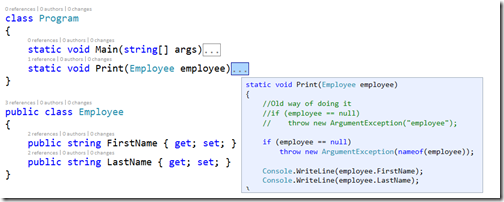I have written couple of blog post about dependency injection. So I thought it will be a good idea to write a summary blog post where it contains all the post about dependency injection.
Implementing dependency injection pattern in .NET
StructureMap–Getting Started
Dependency Injection with Simple Injector
Dependency Injection with ASP.NET MVC and Simple Injector
Hope you like it. Stay tuned for more.
Implementing dependency injection pattern in .NET
StructureMap–Getting Started
Dependency Injection with Simple Injector
Dependency Injection with ASP.NET MVC and Simple Injector
Hope you like it. Stay tuned for more.





